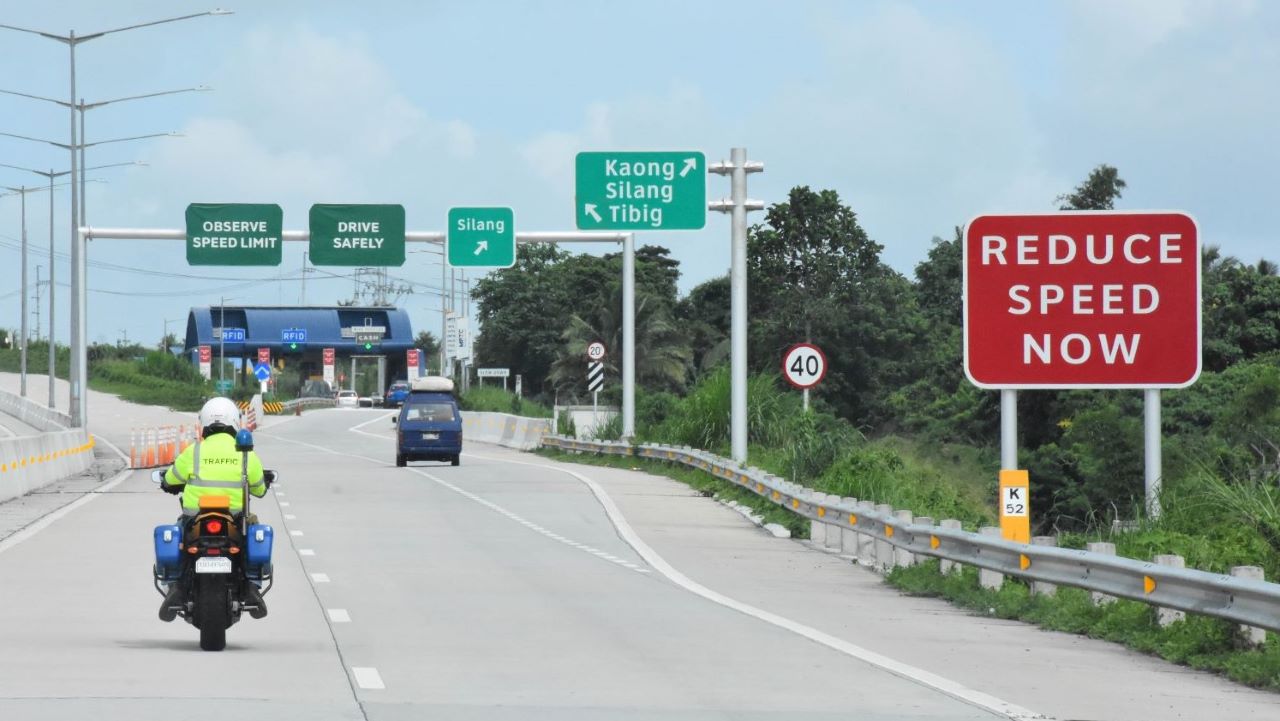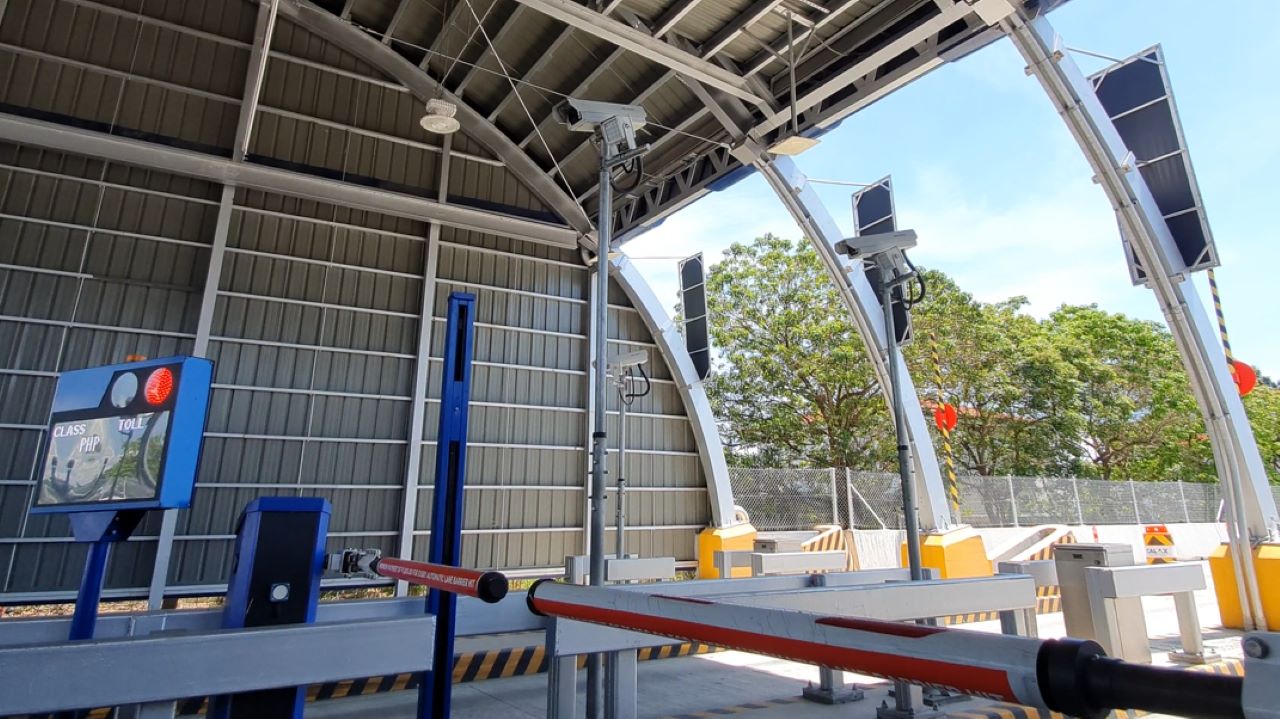
CALAX prides itself on the green and advanced features of its toll road, but its safety record as well. In a bid to raise the bar, MPCALA Holdings Inc. (MHI), the concessionaire of CALAX continues to improve the experience of customers who use the expressway. Alongside convenience and ease, safety is the priority, and various technologies are already in place and will be implemented to do this.
CALAX: Barrierless entry, speed detection cameras, and No Contact Apprehension system. Wait, what?
Yes, you read that right.
As we speak, MHI continues investing in traffic management technologies. These implements, ideally, will ensure smooth and safe travels for motorists. Currently, the expressway already has barrierless entry, Automatic License Plate Recognition at all toll lanes, variable message sign boards (VMS) that flash traffic updates and motorists’ advisories along the expressway, a weigh-in-motion sensor that allows automatic detection of overloaded vehicles, and speed-detection cameras for the apprehension of over-speeding vehicles. This last bit is where it gets interesting, but we’ll get to that shortly.

Photos: CALAX
For motorists who might encounter problems along the tollway’s stretch, there are emergency call boxes that are strategically placed along the roadside. With the press of a button, motorists can connect to the CALAX traffic control room via a built-in speaker, a camera, and even hearing aids designed for the hearing impaired. Other means to get in touch with the control room are via its 24/7 hotline, the DriveHub app, Facebook Messenger, and the CALAX website.
As it is, these already give a huge plus to customer experience and service if you ask us. But now let’s go back to that mention of apprehension of over-speeding vehicles.
Other expressways around the country also make use of speed-detection cameras. A speed limit that is deemed safe for all is enforced on such tollways, and with CALAX wanting to “be the most ‘motorist-friendly’ expressway in the country”, they’ll have to implement this strictly. And how do they plan to do that?
A No Contact Apprehension system similar to what is being used in greater Metro Manila may very well be used along the expressway. The needed tools are already in place, and it may just be a matter of time before all of these come together into one system to apprehend motorists who violate highway and driving rules. No exact date was mentioned, but at this point, it may be a foregone conclusion that it is a system and a policy that they will adapt and use.
“In CALAX, the safety of our travelers is on top of our minds,” – Mr. Raul L. Ignacio, President and General Manager of MPCALA Holdings Inc.
CALAX is a 45-kilometer high-speed road network connecting the two provinces of Cavite and Laguna that aims to serve around 45,000 motorists once fully operational. As of today, the expressway operates from Binan, Laguna up to the east of Silang, Cavite. It is set to be fully completed by 2023.


